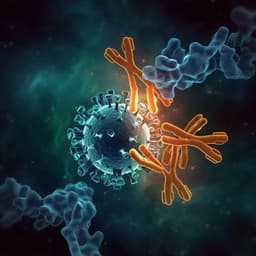
Medicine and Health
Linking ATP and allosteric sites to achieve superadditive binding with bivalent EGFR kinase inhibitors
F. Wittlinger, B. C. Ogboo, et al.
This groundbreaking study unveiled a series of bivalent EGFR inhibitors, showcasing their remarkable ability to target both ATP and allosteric pockets with enhanced potency against drug-resistant mutants. Conducted by a dedicated team of researchers, their innovative linker design has opened new avenues in bivalent agent strategies, providing insights that may change the landscape of cancer treatment.
Playback language: English
Related Publications
Explore these studies to deepen your understanding of the subject.







